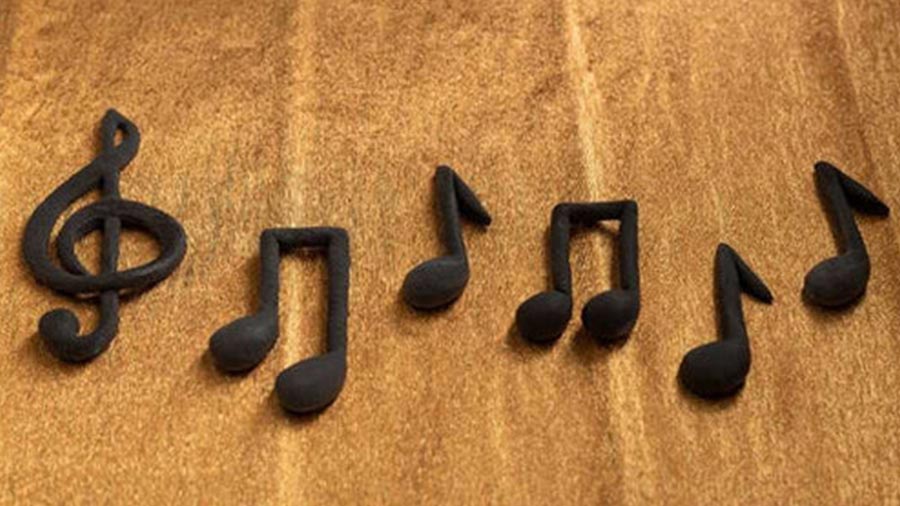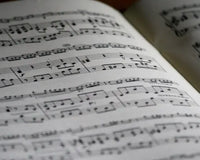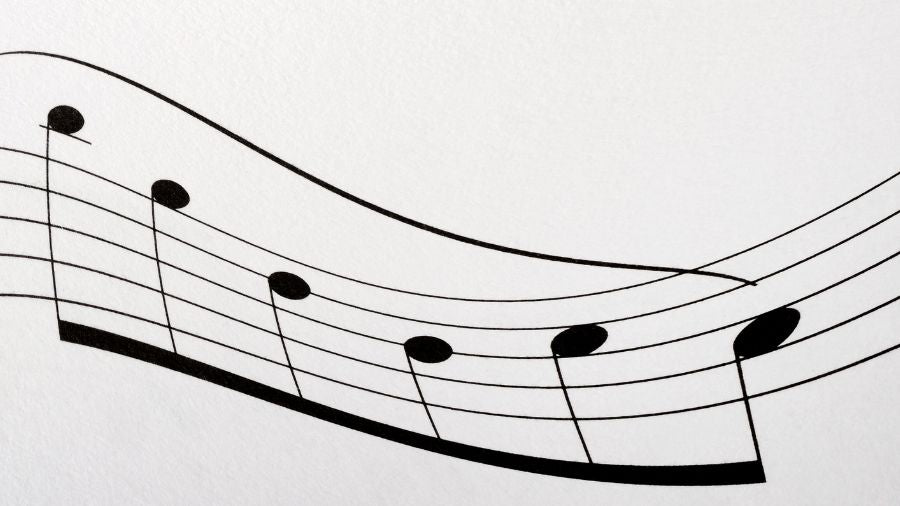Understanding the difference between pitch and key is essential for grasping the basics of music theory. These two concepts define how sound works in music, shaping how we experience notes and scales. Let's explore the differences between pitch and key to better understand their roles in creating music.
What is Pitch?
Pitch refers to a single note with a specific frequency. It determines whether a sound is high or low. For example, the sharp sound of a whistle or the deep rumble of a drum are examples of different pitches. Pitch is the foundation of musical sound—it’s what allows us to distinguish between notes and gives music its emotional range. Pitches can be categorized as high (think of a bird’s chirp), low (think of a bass drum), or middle (like the center of a piano). This variety helps create different textures and tones within music.
What is Key?

While pitch is about individual notes, key refers to a group of pitches arranged in a specific way. A key provides a structure or framework for how notes interact in a piece of music. For example, the key of C major includes a set of notes that naturally fit together to create a harmonious sound. These notes form the foundation for melodies, harmonies, and chords, giving music its sense of direction. The key helps define whether a piece of music feels happy, sad, tense, or calm.
How Pitch and Key Work Together
Pitch and key work together to create the rich complexity we hear in music. While pitch defines individual notes, key organizes them into a meaningful structure. By using specific keys, composers can craft melodies and harmonies that convey emotion and meaning to the listener.
What is Tone?
Tone refers to the quality or character of a sound, which includes its texture, color, and overall timbre. It’s what makes one sound distinct from another, even if they are the same pitch. For example, a piano note and a violin note at the same pitch will still sound different because of their unique tones. Tone is shaped by factors like the instrument producing the sound, the technique used, and the acoustics of the environment. While pitch determines how high or low a sound is, tone is about how that sound feels or resonates emotionally.
Pitch and key - Frequently asked questions
How are pitch and key used in different music genres?
In classical music, pitch and key are used to create harmony and emotional depth through structured scales and key changes. In jazz, pitch and key are often more fluid, with improvisation and altered scales creating unique, expressive sounds. In pop music, pitch and key are essential for creating catchy melodies and harmonies, often staying within simple keys to maintain accessibility and familiarity.
Why are certain keys associated with different emotions in music?
Certain keys are believed to evoke specific emotional responses. Major keys are often associated with happy, bright, or uplifting emotions, while minor keys tend to evoke feelings of sadness, melancholy, or tension. This emotional connection stems from cultural and historical associations with these keys in musical traditions.
How do key signatures affect sheet music reading?
Key signatures in sheet music indicate which notes are consistently sharp or flat throughout a piece of music. This helps musicians know the key of the piece, making it easier to read and perform. Key signatures provide a visual cue for the scale being used and guide performers in playing the correct notes.
Can a piece of music change keys?
Yes, a piece of music can change keys through a process called modulation. This creates a shift in the tonal center, often to add variety, surprise, or emotional contrast. Modulation can occur suddenly or gradually and is a common technique in classical and contemporary music to maintain interest and dynamic flow.
How does pitch relate to musical intervals and scales?
Pitch is the foundation of musical intervals and scales. Intervals are the distances between two pitches, and scales are specific sequences of pitches arranged in ascending or descending order. For example, the interval between two pitches in a major scale determines its unique sound, and the arrangement of these intervals creates the structure of the scale.












